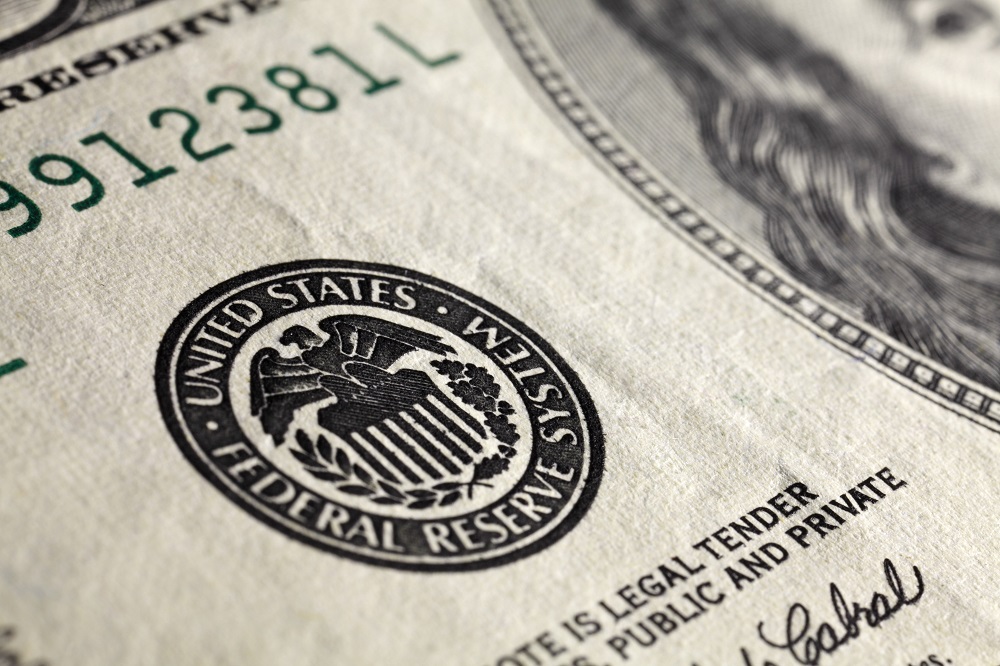During the last financial crisis, the Federal Reserve took extreme measures to avert economic calamity, including taking short-term rates to near zero.
Then Fed Chairman Ben Bernanke wasn’t reluctant to explain why. He wanted to goose the economy. Lower rates generally do that.
But he also wanted to encourage investors to move out of cash and Treasurys and into riskier assets like stocks.
Reasonable people can quibble about just how much lower rates improved the economy. (After all, we avoided a depression but still experienced the weakest economic recovery since the Second World War.)
But only a fool would argue that Bernanke didn’t meet his second goal. Rock-bottom rates were the rocket fuel that turned a ravaging bear market into what is now the second-longest bull market in history.
Yet I still bump into investors who are out of the market entirely because they believe it’s running on nothing more than the Fed’s ultra-easy money.
Not so.
I’ll readily concede that lower rates have been a huge factor. Over the past nine years, investors grew dissatisfied with the paltry yields on bonds and cash instruments and moved into stocks for higher returns and more income.
But plenty more than cheap money is powering this market higher.
For starters, economic growth has more than doubled. U.S. GDP growth was just 1.2% in the first quarter of last year. But we just experienced three quarters averaging 3% growth.
Moreover, the world’s seven biggest economies – the United States, China, Japan, Germany, Great Britain, France and India – are all in a growth mode.
This kind of synchronicity is rare. And it helps fuel further growth.
For instance, the expanding U.S. economy boosts European exports. That, in turn, causes their economies to strengthen, leading to a higher demand for our exports.
The effect is a sort of positive feedback loop.
Secondly, more people are working. In the last year, 2.1 million net jobs were added to the economy. The unemployment rate fell from 4.8% to 4.1%. And, after a year of solid gains, minorities experienced their lowest unemployment rates ever last month.
Meanwhile, unemployment claims are at a 45-year low.
Third, business and consumer confidence are up. The IBD/TIPP Economic Optimism Index stands at 55.1, near its all-time high.
And a new Wall Street Journal/NBC News poll found the share of Americans who are satisfied with the economy has climbed to 69%, the highest level since 2001.
Fourth, deregulation is working its pro-business magic. Trump promised to cut two rules for every new one. But he has done far more, eliminating 22 regulations for each one added, cutting $8.1 billion in business costs.
Fifth, Republicans slashed corporate tax rates. Until recently, U.S. corporations faced the highest rates in the developed world. (Former President Obama argued they should be lower too.) Under the new law, the top corporate rate plunged from 35% to 21% – and individual tax rates fell as well.
Critics of the tax plan argued that companies would use the cash windfall to raise dividends and buy back shares. (Not that there’s anything wrong with that, as Jerry Seinfeld would say.)
But within three weeks of the tax bill becoming law, more than 164 companies – ranging from Apple to Visa to Wal-Mart – announced pay hikes and bonuses for workers.
Consumers with more jingle in their pockets generate greater sales, a stronger economy, better corporate profits and ultimately, of course, higher share prices.
Sixth, fourth quarter earnings are coming in better than expected. We’re still early in the reporting season, but already bellwether stocks like Netflix (Nasdaq: NFLX) and Abbott Labs (NYSE: ABT) have beaten estimates.
In short, Ben Bernanke justified quantitative easing because he believed it would create a “wealth effect” in financial markets that would spur the real economy higher.
That’s exactly what’s happened.
And while every bull market carries an invisible expiration date, there’s a powerful magnet that pulls investors off the sidelines and into the market.
It’s rising share prices.
Good investing,
Alex
Thoughts on this article? Leave a comment below.
